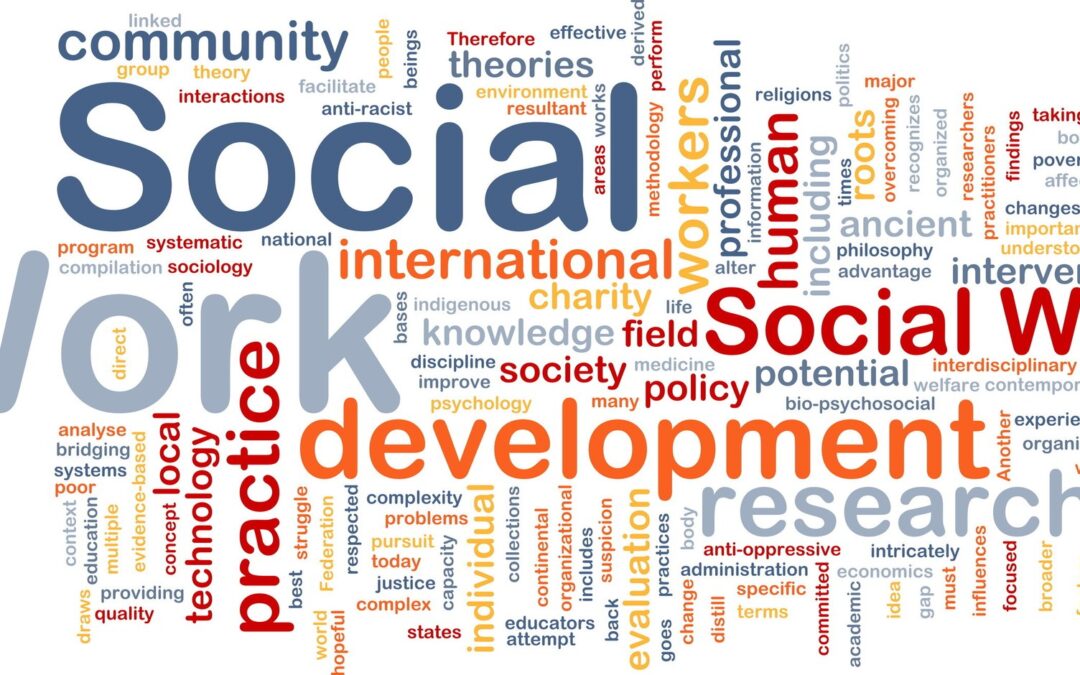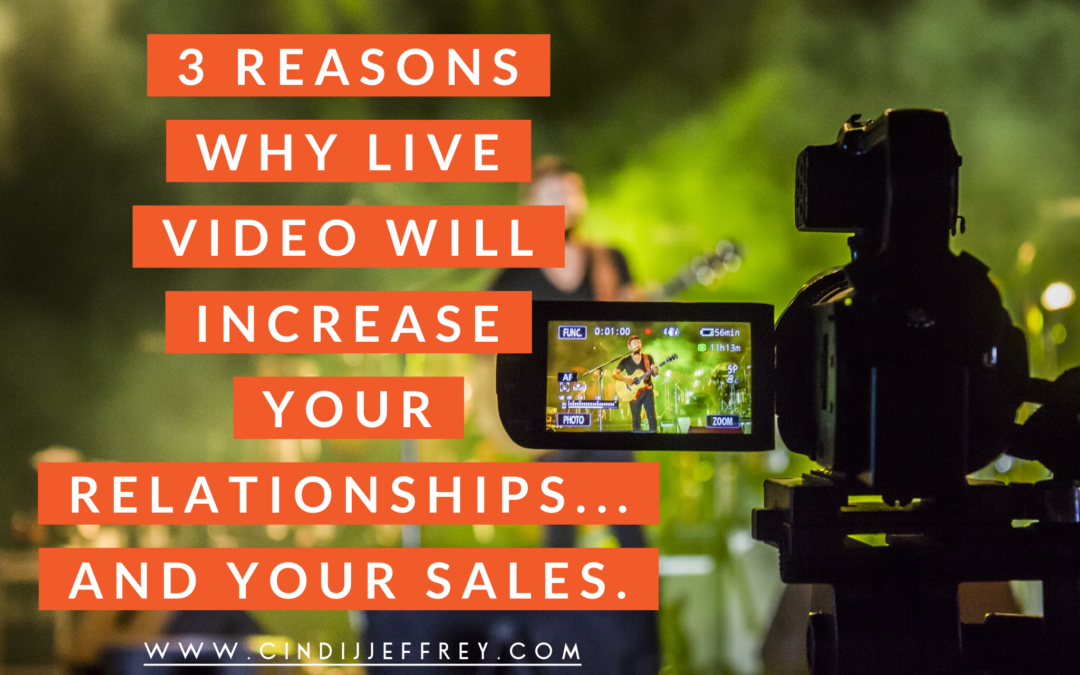
My social work friend…whose needs are you meeting?
Idealism in Social Work
I found a paper I had written for my undergraduate social work degree. In it, I alluded to the fact that I wanted to change the world. My idealism was prolific throughout the paper; however, my vision of how I fit into the world may have been a tad skewed.
Interestingly, I am not the same professional in social work that I was when I began this journey many decades ago. Furthermore, I am not the same person. Personal experiences, professional encounters, and traumatic cases have provided me with a new outlook on how I view our profession. Looking back at the time that paper was written is almost embarrassing. I wonder if I truly helped my client’s or rendered them dependent upon me.
Social Work Goals
As a social worker, I have always made it a point to be more personable and open. I worked hard to break the stereotypical vision that most people appeared to have of the white gloved woman going through your house and looking for things you have done wrong. I focused on what was going right and after I earned some trust, we could go into what wasn’t working so well.
There is such a fine line between enabling and empowering our clients and that line is often drawn in the sand. Additionally, that line appears to be always moving and being redrawn. As a young social worker, my goal was to “fix” everyone and every situation I was called into. I didn’t want anyone to suffer, nor did I feel accomplished unless a problem was solved. Only once the issue was taken care of, was I comfortable leaving the people involved.
Enabling or Empowering?
As the years progressed and I gained more experience, I learned how damaging enabling a client can actually be. While in the short-term those identified problems may have been taken care of, there were no skills learned by the client during that process. Once I was removed from the case, the same issues were likely to return, leaving the client in the same situation as they were when I entered.
Listen, I get it. It feels good to help. It feels good to be needed. However, when we solve every problem for our client, we are meeting OUR needs, not theirs. The client may be grateful and express themselves as such, but who did we actually help? Who’s needs were fulfilled?
In social work, our jobs can be diverse. Many of us went into the field because of our personal experiences and many of us are very good at what we do. At some point in our career, there must be a defining moment where we see the clarity of our responsibilities. If we are continuously enabling our clients, we are not working for them, we are working to meet our own needs.
Check Yourself as a social worker
It is our responsibility to draw that line in the sand. We are the social work professionals. We were brought in to meet the needs of a client, not meet our own needs. It is our job to continuously monitor ourselves so we can meet the needs of our client’s. It is our job to empower our individual client’s in order they do not need us anymore. And don’t forget to take care of you, my friend.


